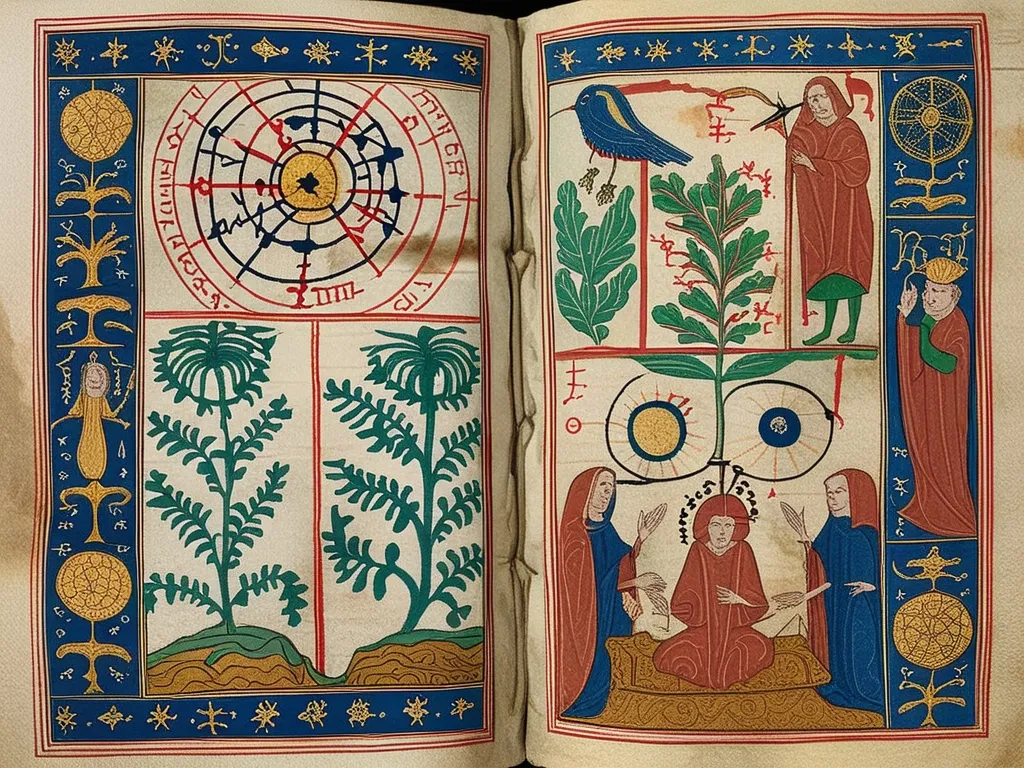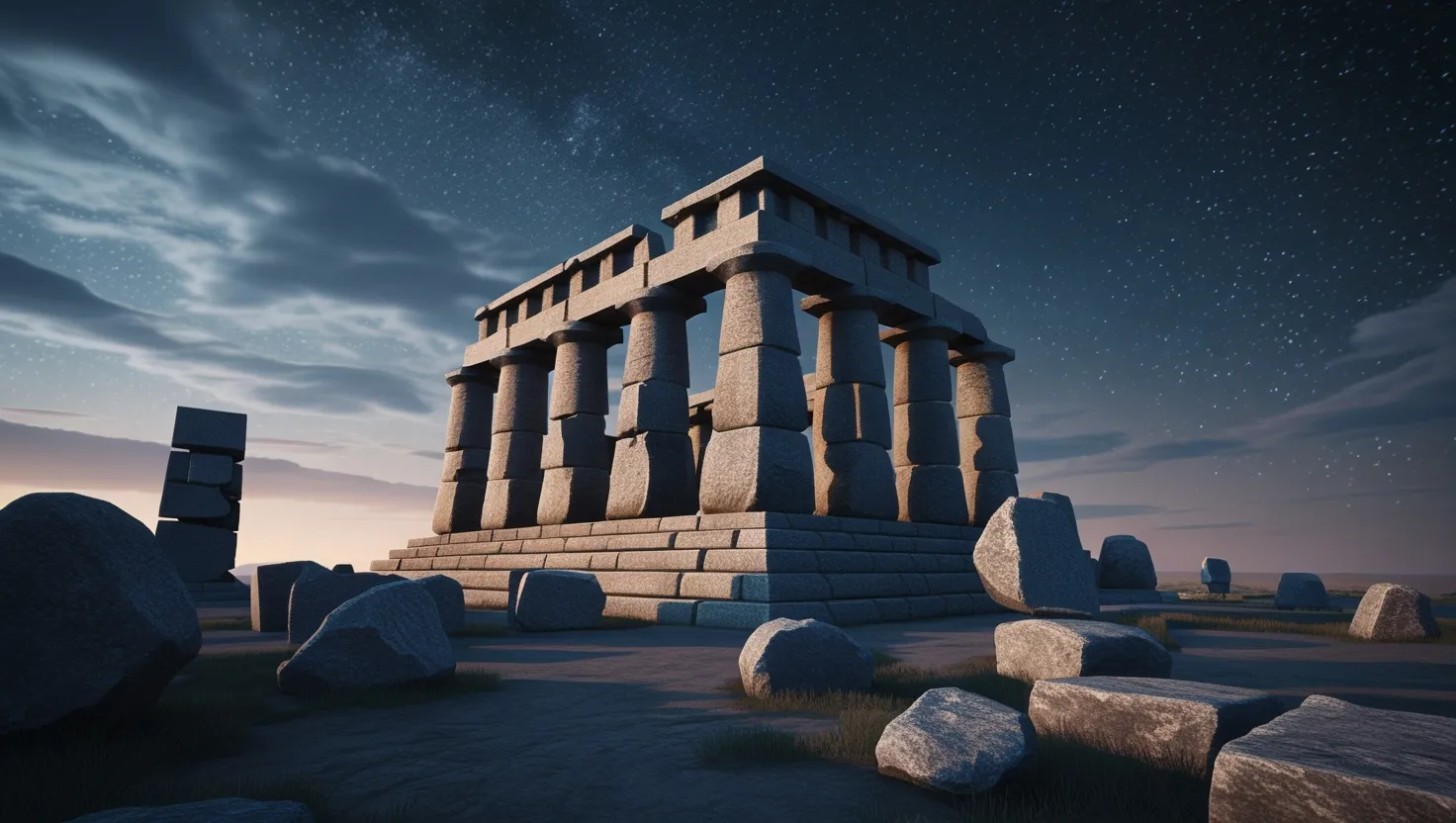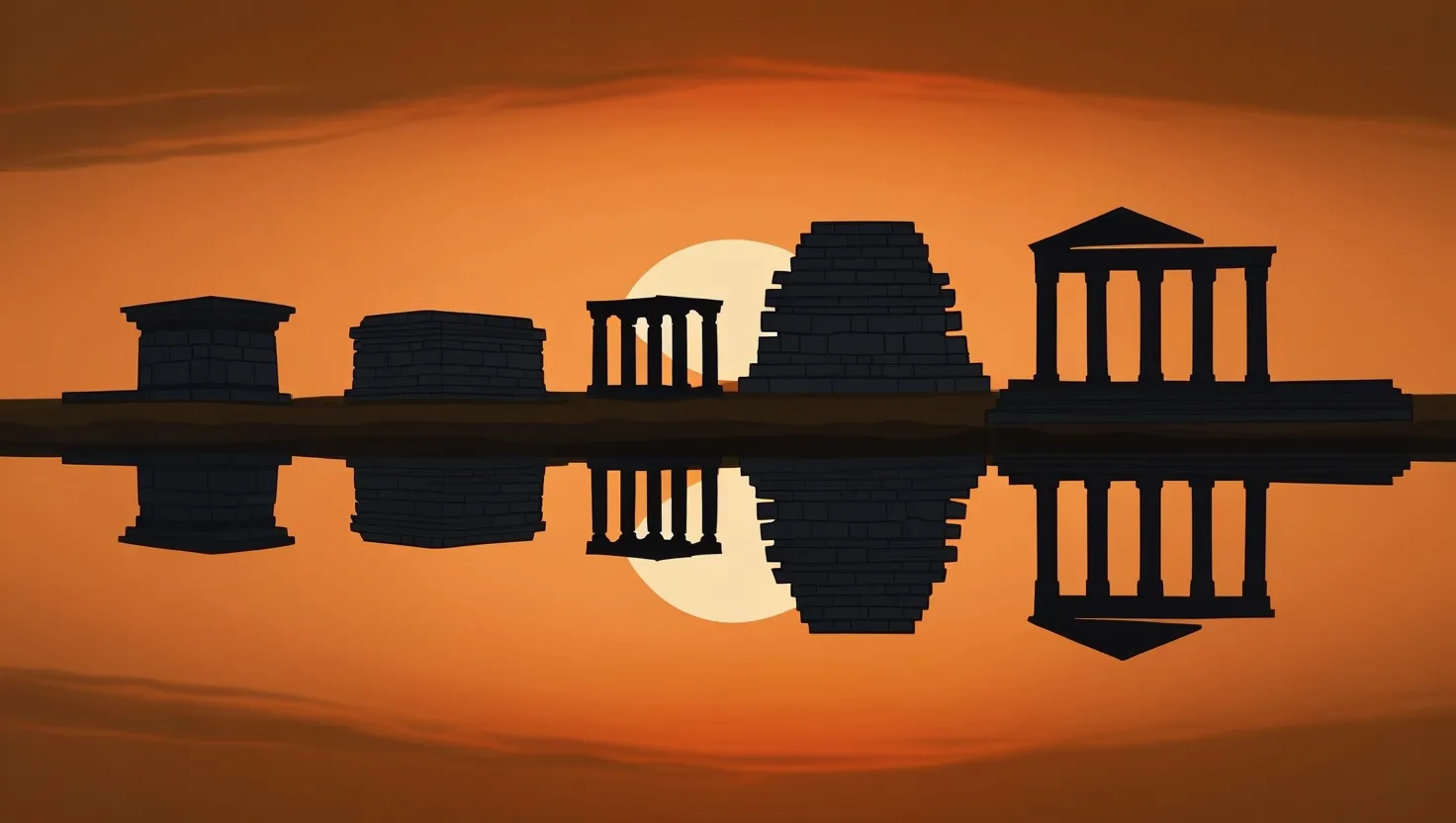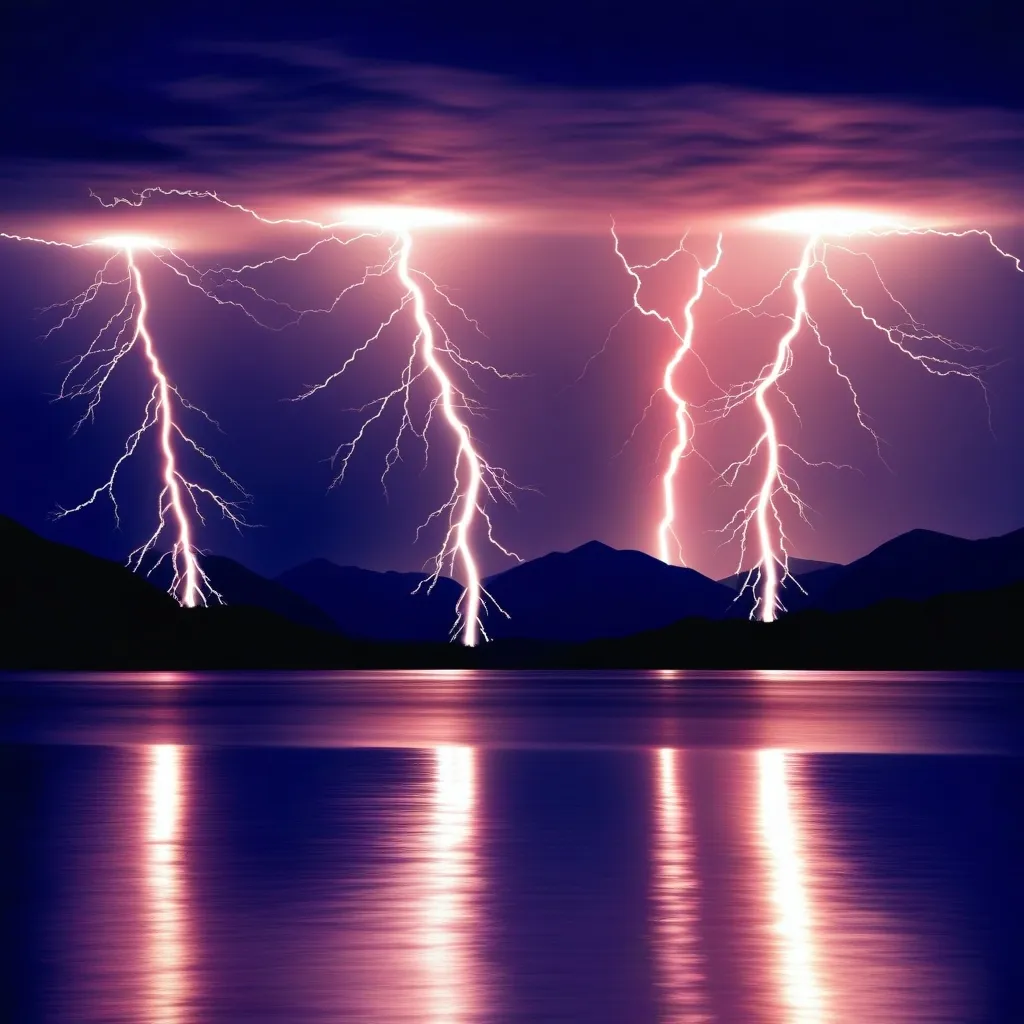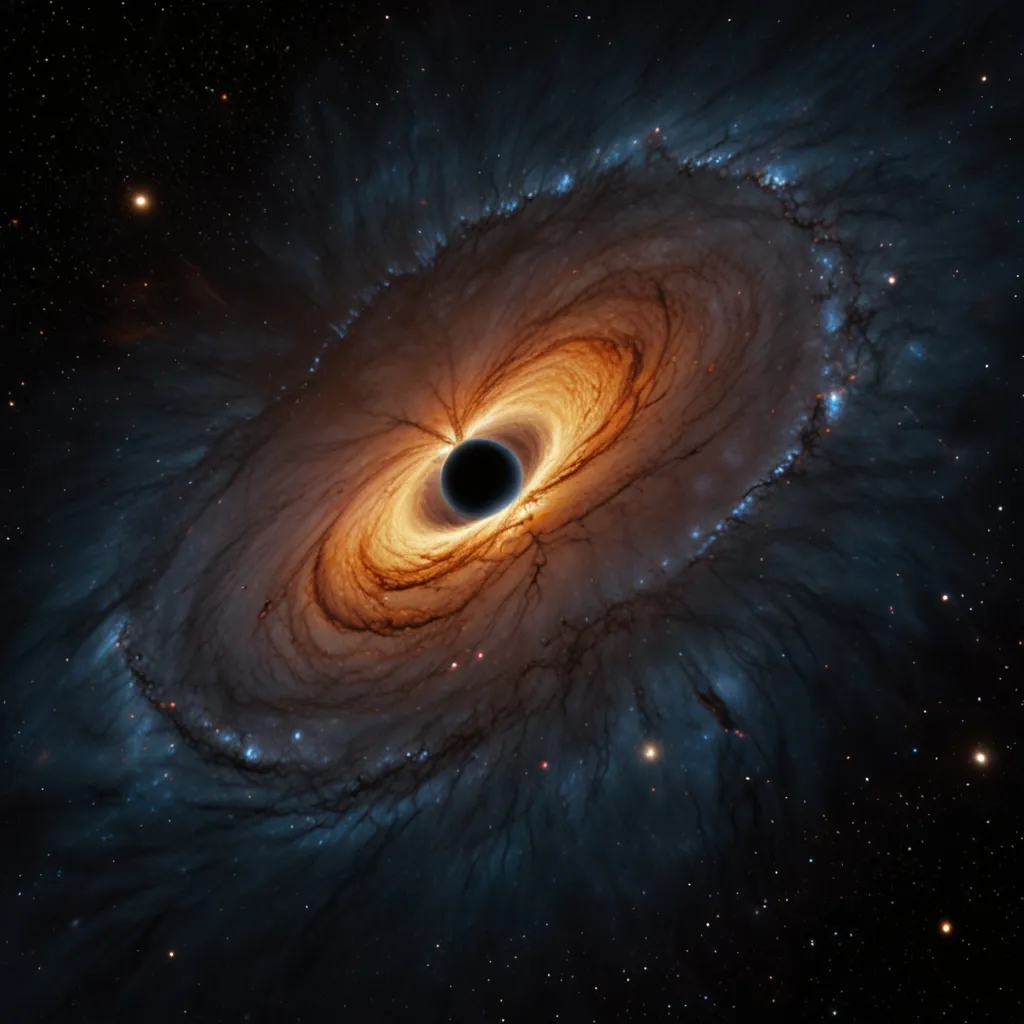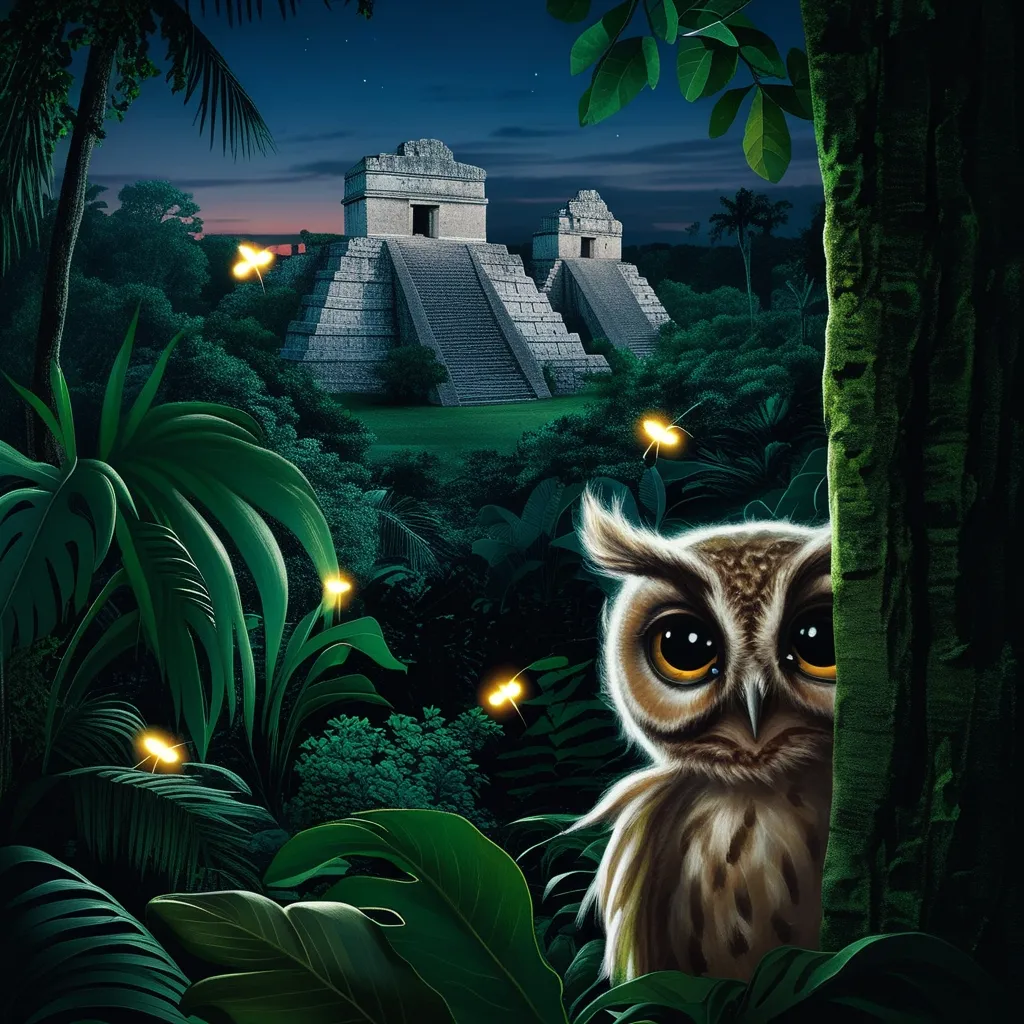The Voynich Manuscript is a puzzle that has captivated the imagination of scholars, cryptographers, and the general public for centuries. This enigmatic book, filled with undeciphered text and bizarre illustrations, continues to defy all attempts at understanding its secrets. As I delve into the world of this mysterious manuscript, I find myself entangled in a web of medieval history, artistic expression, and conspiracy theories that challenge our perception of authenticity and intent.
The Discovery and History
The Voynich Manuscript came to light in 1912 when Wilfrid Voynich, a Polish rare book dealer, purchased it in Italy. Before that, it had been part of the collection of the Holy Roman Emperor Rudolf II and possibly even belonged to John Dee, the infamous astrologer at the court of British Queen Elizabeth I. Today, it resides at the Beinecke Rare Book & Manuscript Library at Yale University, where it remains one of the most intriguing and elusive documents in the world.
The Manuscript’s Content
The Voynich Manuscript is a relatively small book, slightly larger than a modern paperback, consisting of 246 fragile pages of bound vellum. The text is written in an elegant, looping script that runs from left to right in short paragraphs, interspersed with detailed illustrations. These illustrations depict a variety of subjects, including castles, dragons, plants, planets, naked figures, and astronomical symbols, all rendered in green, brown, yellow, blue, and red ink.
One of the most curious passages shows dozens of naked women bathing in pools of interconnected green liquid. This, along with other illustrations, has led scholars to organize the manuscript’s content into six major sections: botanical, astronomical and astrological, biological, cosmological, pharmaceutical, and recipes. However, without the ability to read the text, the true content and purpose of these sections remain elusive.
The Language and Code
The text of the Voynich Manuscript is its most baffling aspect. It is written in a unique script that consists of a combination of Latin letters, Arabic numerals, and unknown symbols. Despite countless efforts, no one has been able to decipher the language or the code used in the manuscript.
Several researchers have proposed various languages, including Latin, Czech, and even Nahuatl, the language spoken by the Aztecs. However, the most compelling theories suggest that the language is Semitic, with Hebrew being a strong candidate. This theory is supported by the work of German Egyptologist Rainer Hannig, who, after years of research, believes he has identified Hebrew as the underlying language.
Hannig’s approach involved analyzing the word structure and length of the words in the manuscript, comparing them with European and non-European languages. He narrowed down the possibilities to Arabic, Aramaic, and Hebrew, languages commonly used by scholars in medieval Europe. By identifying connections between certain Voynich characters and Hebrew, he was able to translate the first words and sentences.
The Role of Technology
In recent years, technology has played a significant role in attempts to decipher the Voynich Manuscript. Computing scientists from the University of Alberta used an algorithm to decode parts of the manuscript, suggesting that the text might be written in Hebrew. They trained their algorithm on 380 different-language versions of the UN “Universal Declaration of Human Rights” and then applied it to the Voynich text, achieving an 80% match with Hebrew.
However, even with these technological advancements, the translations remain questionable. When the researchers handed the opening sentence to a native Hebrew speaker, it did not translate into coherent English. This highlights the complexity of the task and the need for further research.
Theories and Speculations
The Voynich Manuscript has spawned a myriad of theories and speculations. Some believe it is a forgotten herbal guide or a medical text from the Middle Ages. Others suggest it might contain alchemical secrets or lost knowledge from a bygone era.
One intriguing theory is that the manuscript is an elaborate hoax or a decoy created to mislead or distract. This idea is supported by the fact that despite its elaborate illustrations and complex text, the manuscript does not seem to convey any meaningful information. It could be a medieval nonsense joke, as suggested by historian Robert Richards, or a cleverly crafted puzzle designed to test the limits of human ingenuity.
The Cultural Impact
The Voynich Manuscript has had a significant cultural impact, featuring in TV shows, books, music, and even video games. Its enigmatic nature has captivated artists and writers, inspiring countless works of fiction and speculation.
For scholars, the manuscript serves as a teaching tool, illustrating the concept of scientific paradigms and the challenges of deciphering anomalies outside established theories. It also underscores the importance of interdisciplinary research, as experts from linguistics, botany, machine learning, and other fields come together to tackle its secrets.
The Ongoing Quest
Despite the many attempts to decipher the Voynich Manuscript, it remains one of the world’s most mysterious documents. The quest to uncover its secrets continues, with new researchers and technologies being brought to the table.
As I reflect on the Voynich Manuscript, I am reminded of the film “Arrival,” where the protagonist grapples with an alien language that defies human comprehension. Similarly, the Voynich text challenges our linguistic paradigm, forcing us to question whether it is indeed a language or just a complex series of symbols.
The truth about the Voynich Manuscript may never be fully revealed, but the journey to uncover its secrets is as fascinating as the manuscript itself. It is a testament to human curiosity and the enduring allure of mystery and intrigue. As we continue to study this enigmatic book, we are drawn into a world where history, art, and conspiracy intertwine, challenging our perceptions and inspiring our imagination.
In the end, the Voynich Manuscript stands as a reminder that some mysteries may be too complex to solve, but the pursuit of understanding them is what makes them so compelling. Whether it holds ancient secrets or is simply a medieval puzzle, the Voynich Manuscript remains an intriguing piece of our cultural heritage, a challenge to our intellect, and a source of endless fascination.
